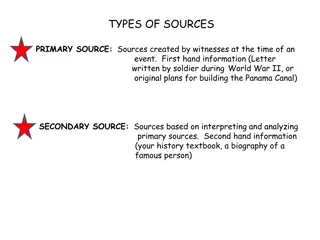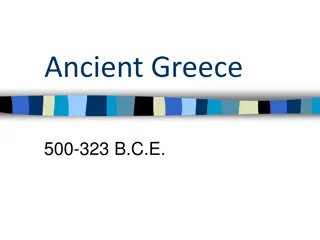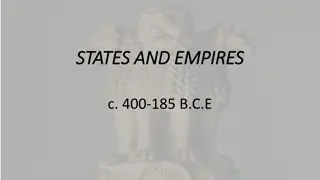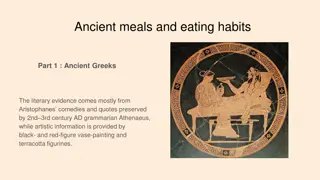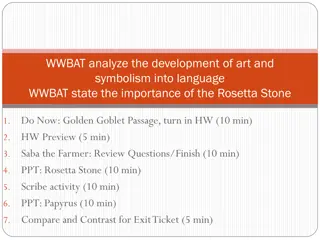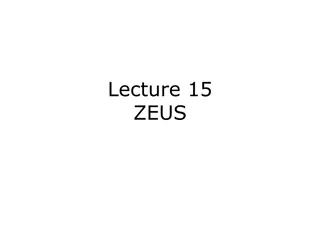Japan's Ancient History: Nara and Heian Periods
Discover the rich history of Japan during the Nara and Heian periods, from the rule of the Yamato clan to the emergence of the Heian Period as the Golden Age of Arts and Culture. Learn about influential figures like Prince Shotoku and the transition of the capital from Nara to Heian-kyo. Explore the development of Buddhism, government structures, and the influence of Chinese ideas on Japanese society.
Download Presentation

Please find below an Image/Link to download the presentation.
The content on the website is provided AS IS for your information and personal use only. It may not be sold, licensed, or shared on other websites without obtaining consent from the author. Download presentation by click this link. If you encounter any issues during the download, it is possible that the publisher has removed the file from their server.
E N D
Presentation Transcript
The Yamato During the AD 500s, a clan called the Yamato ruled Japan. Yamato chiefs claimed that they were descended from a sun goddess. This gave them the right to rule Japan as emperor.
Prince Shotoku About AD 600, Prince Shotoku was a regent for his aunt, the empress. A regent is a person who rules a country for someone who is unable to rule alone. He wanted to give Japan a strong, well- organized government based on Confucian ideas. He also worked to spread Buddhism. From whom did he learn these ideas? The Chinese!!!
The Nara Period (710-794) In the early AD 700s, Japanese emperors built the first permanent capital city called Nara.
The Nara Period Government officials were ranked into a hierarchy. Define hierarchy: a system in which people are ranked one above the other according to status or authority Positions were given to nobles from powerful families. How is this different from the way the Chinese chose government officials? China used the Civil Service Exam.
Todaiji Buddhist teachings had reached Japan from Korea in the AD 500s. Buddhism was most highly developed in Nara.
In AD 770, a Buddhist monk tried to seize the throne, so the emperor decided to leave Nara for a new capital.
Heian-kyo (Kyoto) (794-1180) In AD 794, the emperor of Japan moved the capital from Nara to Heian- kyo. This city looked a lot like a major Chinese city.
The Heian Period= The Golden Age of Arts
Emergence of Japan AD 300s: People of Japan organized in clans, each with a different chief. AD 600: Prince Shotoku brought Chinese ideas to Japan AD 794-1180: The Heian Period-Golden Age of Arts & culture in Japan AD 500s: The Yamato clan ruled most of Japan AD 710-794: The Nara Period- Buddhism became powerful in Japan
Nobles and Common People had little to do with each other. Nobles seldom left the city. They loved beauty and elegance. Because of this love, the court at Heian became a great center of culture and learning.
The Heian nobles had magnificent wardrobes with silk robes and gold jewelry. They loved elaborate outfits. Women wore long gowns made of 12 layers of colored silk cleverly cut and folded to show off many layers at once.
The most popular art forms of the period were Paintings Calligraphy Architecture
The Tale of Genji: the worlds first novel. Describes the romances and adventures of a Japanese prince. Written by Murasaki Shikibu, who was a lady-in- waiting in the royal court. Poetry-followed a specific structure Waka and Haiku




















